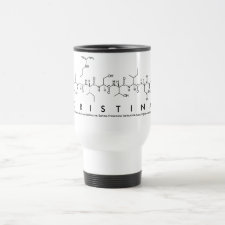
Authors: Baggiani C, Anfossi L, Baravalle P, Giovannoli C, Giraudi G, Barolo C, Viscardi G
Article Title: Determination of banned Sudan dyes in food samples by molecularly imprinted solid phase extraction-high performance liquid chromatography.
Publication date: 2009
Journal: Journal of Separation Science
Volume: 32
Issue: (19)
Page numbers: 3292-3300.
DOI: 10.1002/jssc.200900126
Abstract: A method for molecularly imprinted SPE of banned Sudan azo-dyes from food samples was investigated. The molecularly imprinted polymer was obtained by suspension polymerization using 1-(4-chlorophenyl)azonaphthalen-2-ol as the mimic template. The molecular recognition properties of imprinted beads were evaluated for use as a SPE sorbent, in order to develop a selective extraction protocol for the Sudan class of dyes. The optimized extraction protocol resulted in a reliable molecularly imprinted SPE (MISPE) method suitable for HPLC analysis. It was selective for the main analyte, Sudan I, and the related azo-dyes Sudan II, III, IV, Sudan Red B, and Sudan Red 7B, while the permitted azo-dyes Allura Red AC, Neococcin, and Sunset Yellow FCF were not extracted. The method was tested for Sudan I, II, III, and IV in five different food samples (hot chilli pepper, hot chilli tomato sauce, sausage, tomato sauce, and hard boiled egg yolk) at three concentration levels (15, 100, and 300 mug/g). It demonstrated itself to be insensitive to the presence of different complex matrices, precise, accurate, and with good recovery rates (85-101%). The LOD and LOQ were satisfactory for most analytical determinations
Template and target information: Sudan I, Sudan II, Sudan III, Sudan IV, Sudan red B, Sudan red 7B
Author keywords: Food additives, food analysis, molecular imprinting, molecularly imprinted solid phase extraction, Sudan dyes



Join the Society for Molecular Imprinting

New items RSS feed
Sign-up for e-mail updates:
Choose between receiving an occasional newsletter or more frequent e-mail alerts.
Click here to go to the sign-up page.
Is your name elemental or peptidic? Enter your name and find out by clicking either of the buttons below!
Other products you may like:
 MIPdatabase
MIPdatabase









